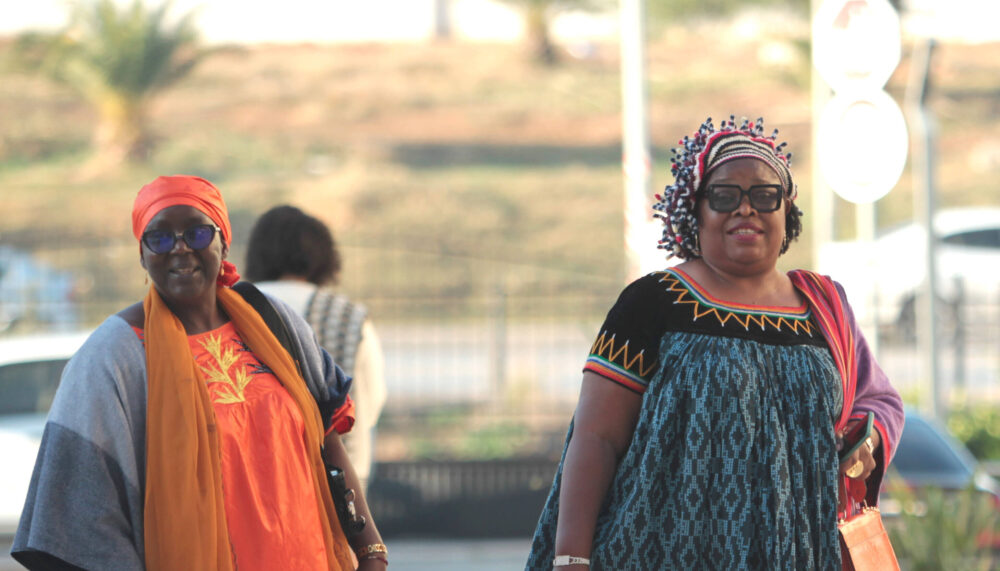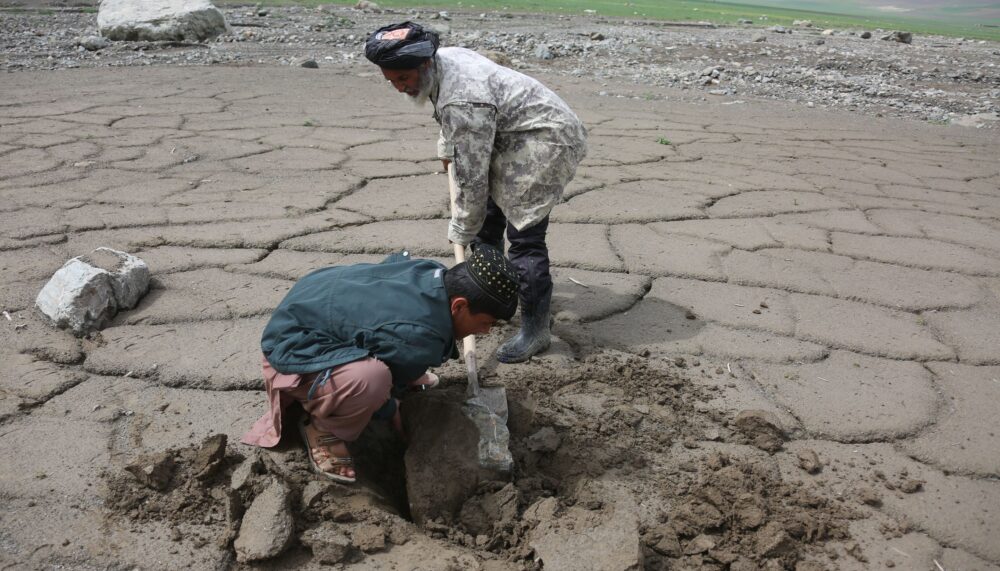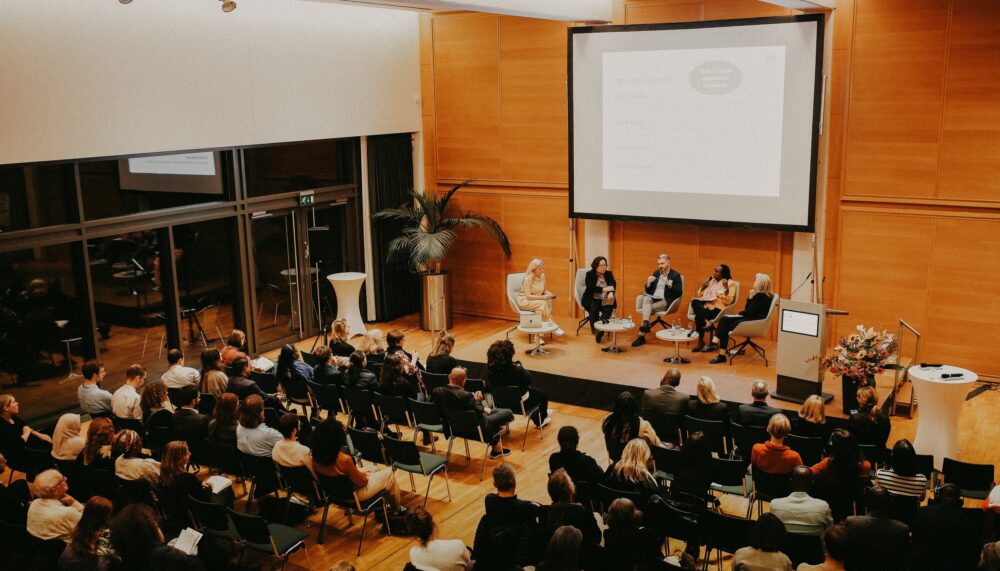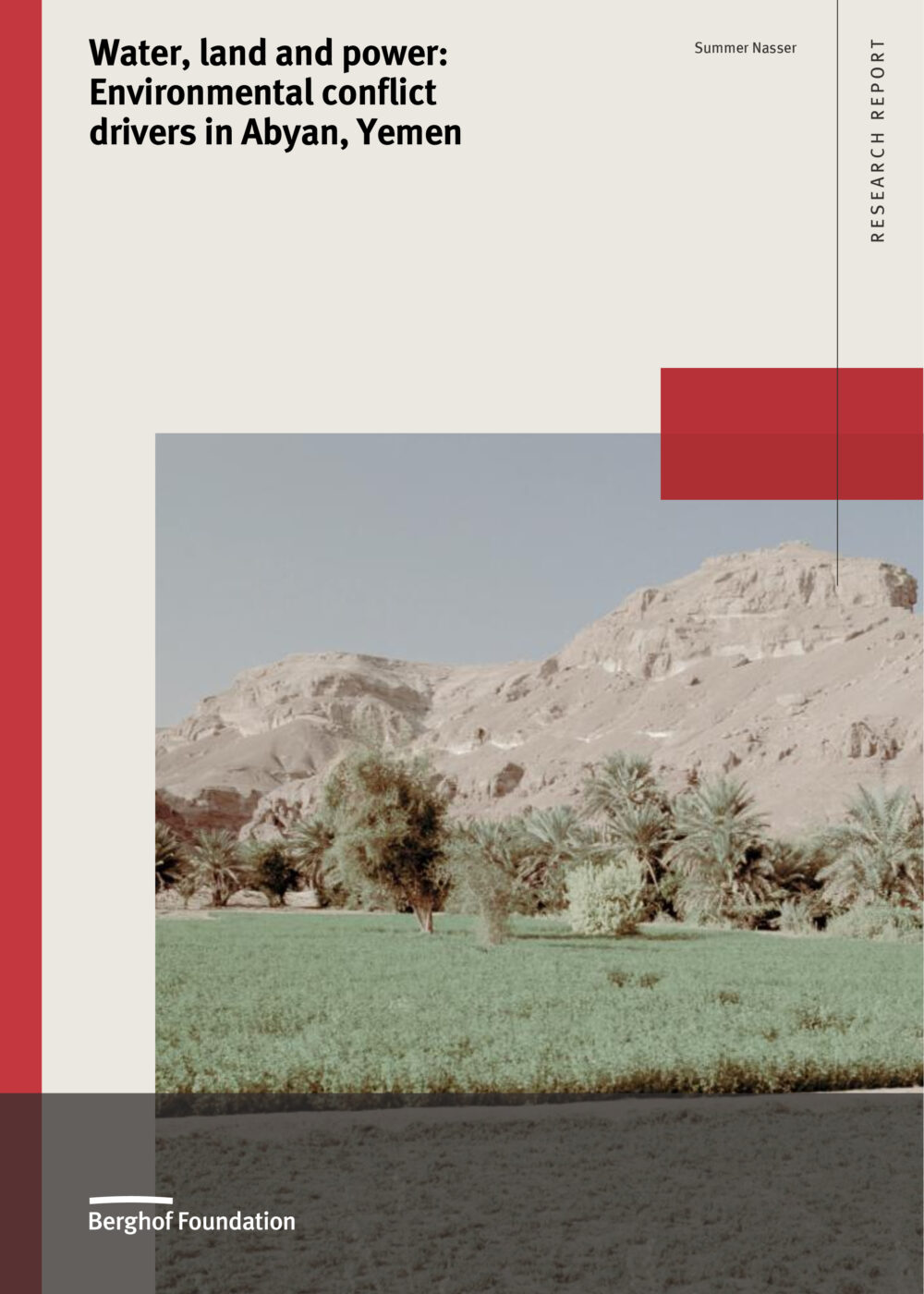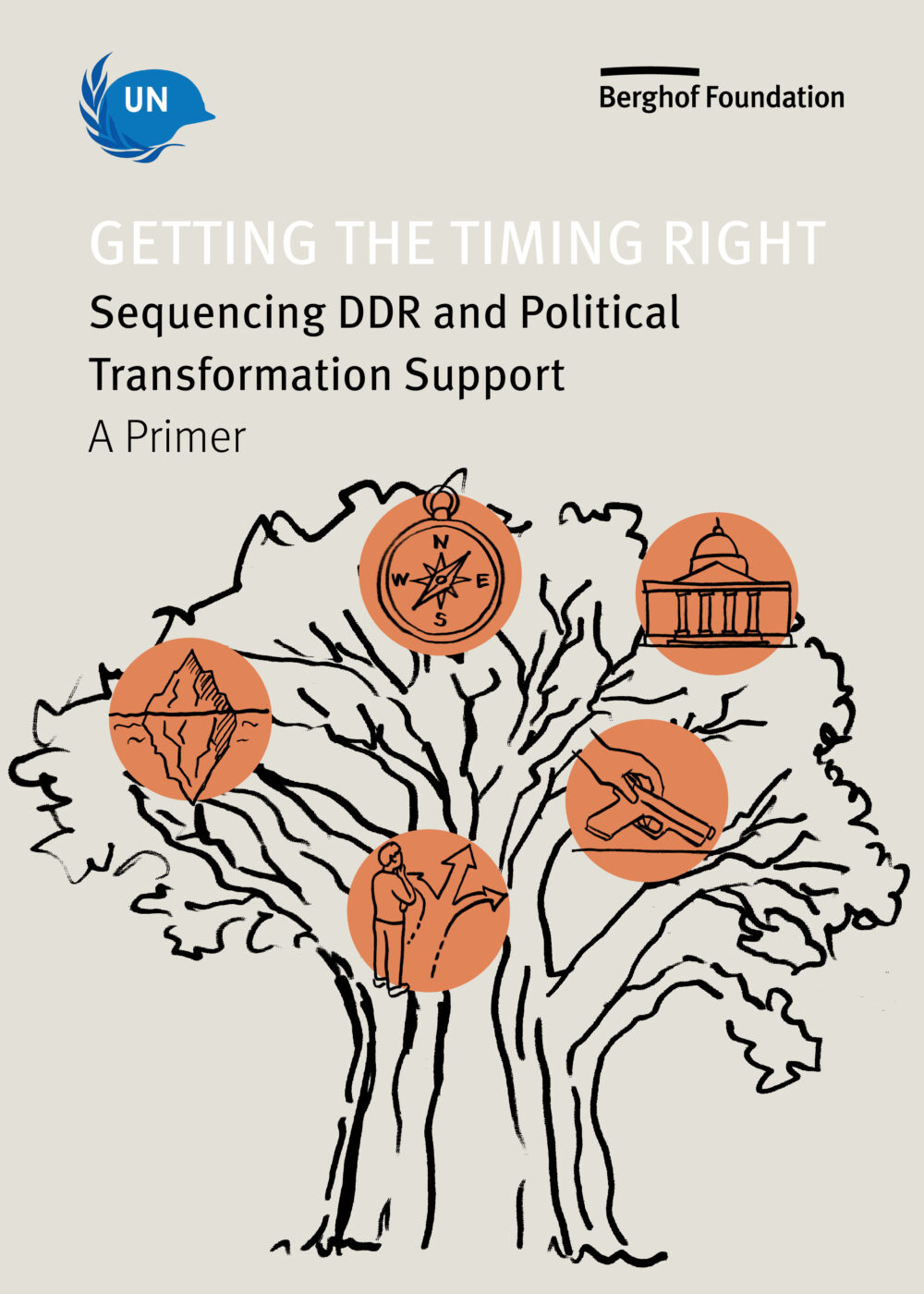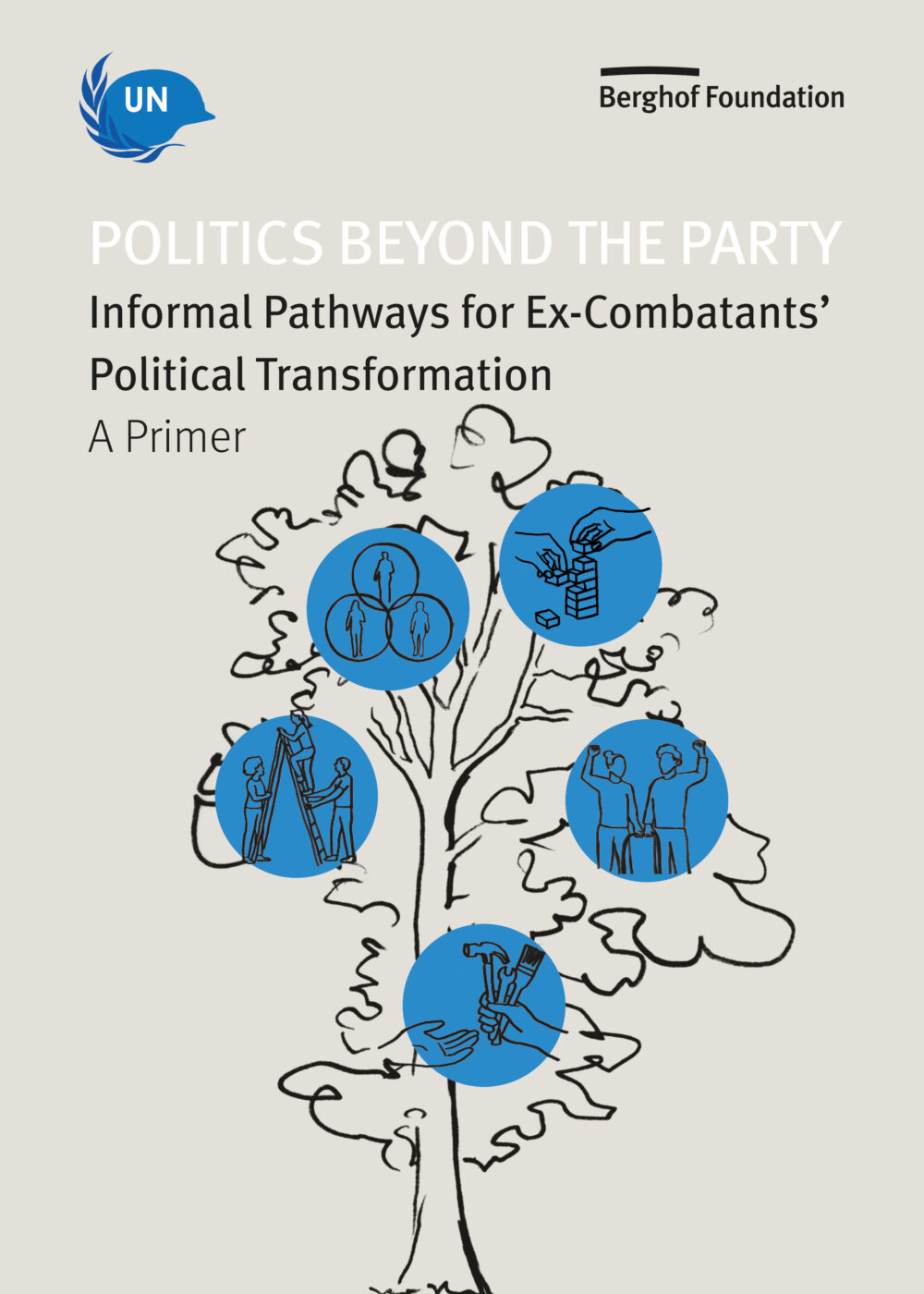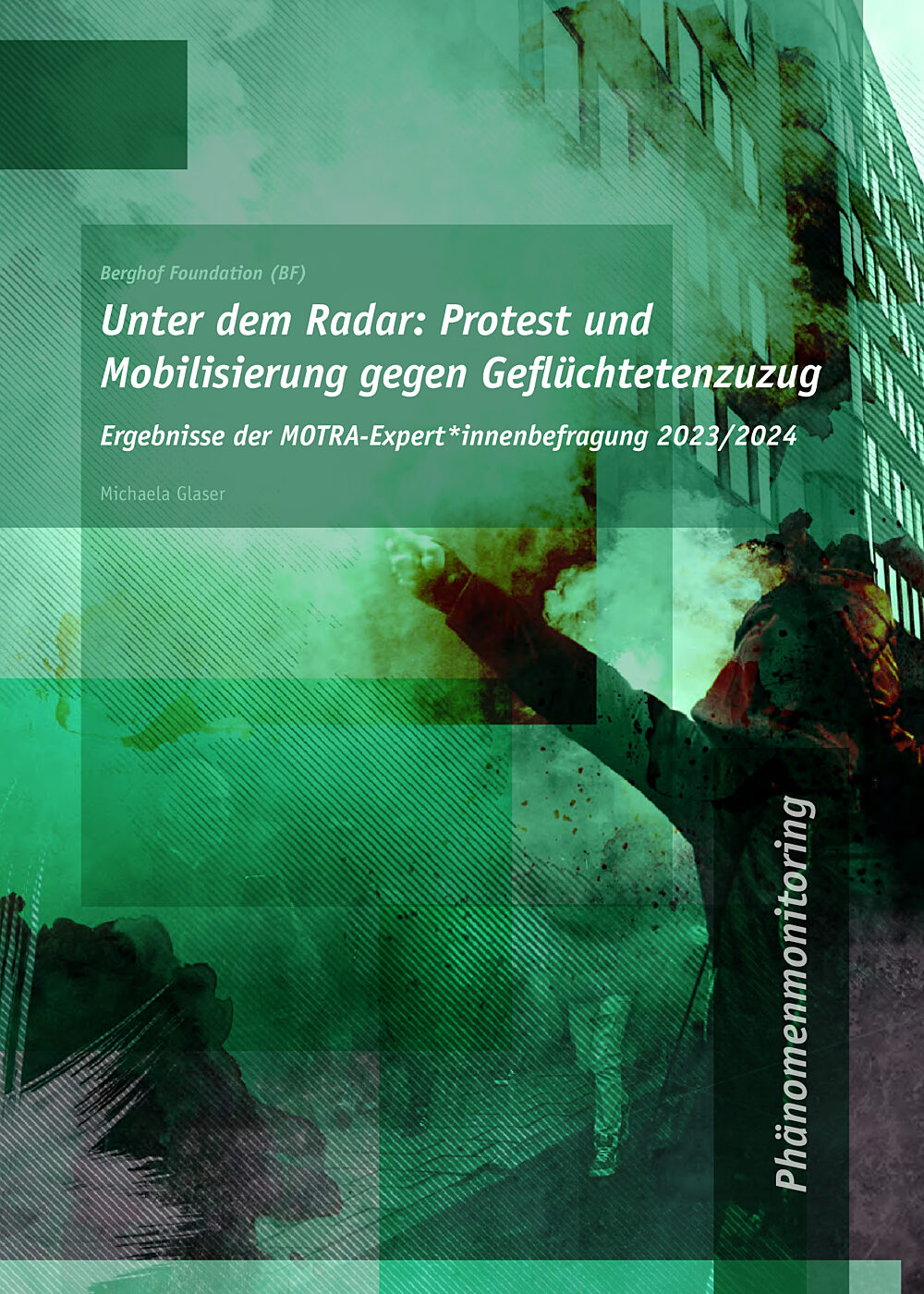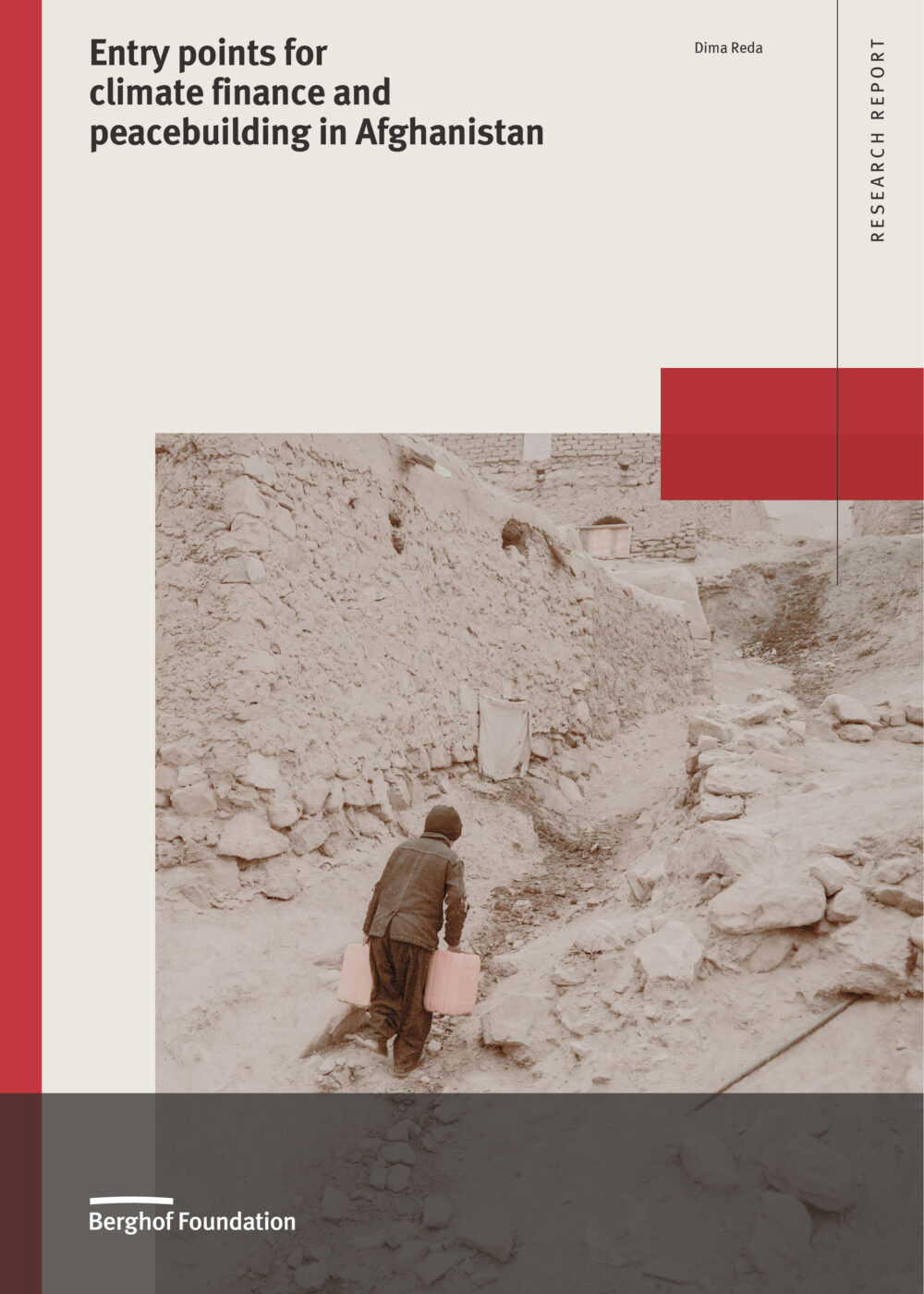30 Nov 2015
Working on the Psychosocial Gap: Challenges, Hopes, Perspectives
Berghof Handbook Dialogue Series No. 11 - comment
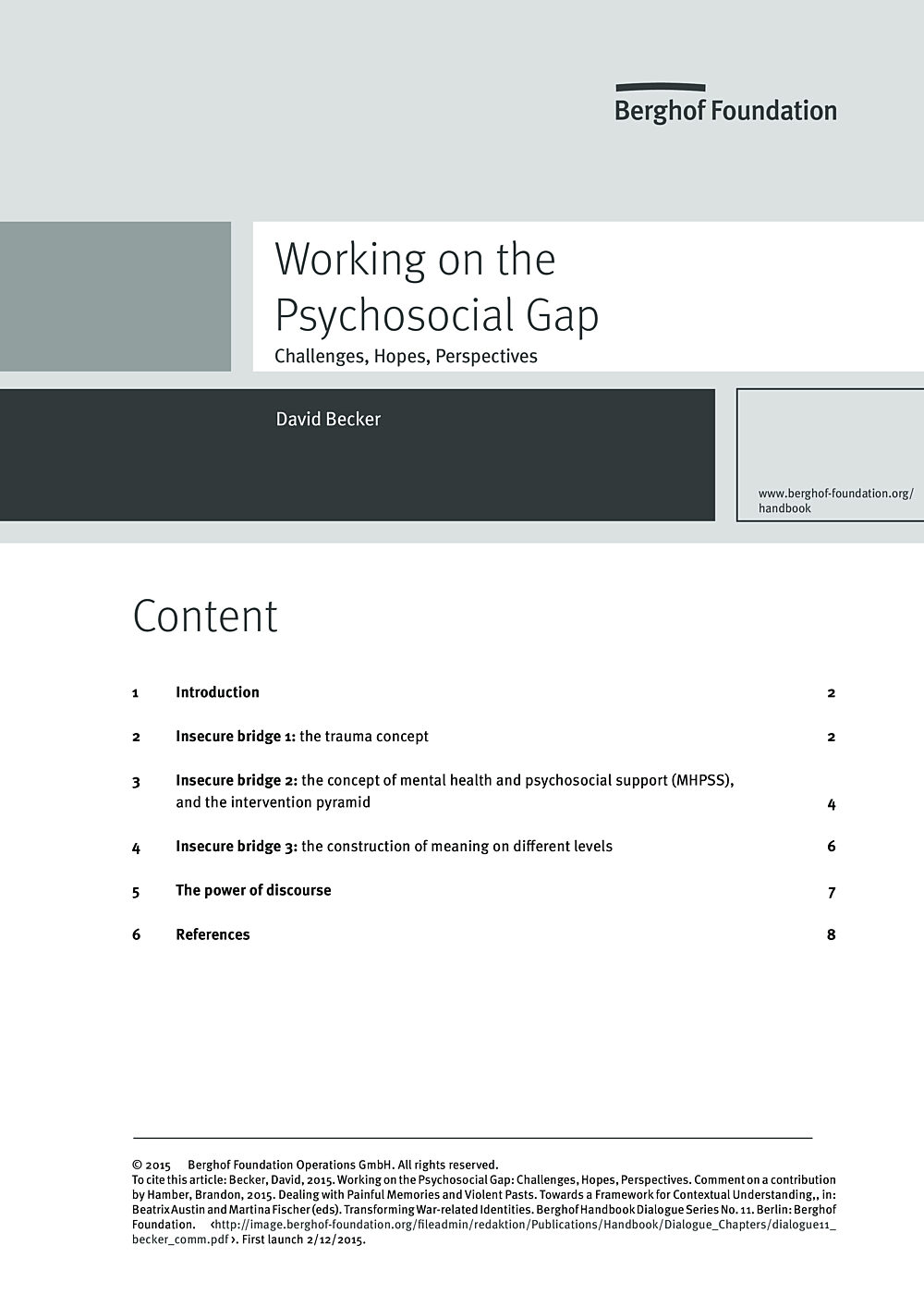
In his scholarly article, “Dealing with painful memories and violent pasts”, Brandon Hamber explains and reflects on “the relationship between how individual (largely victim) processes of coming to terms with mass atrocity (a micro perspective) relate to the collective or political process of finding ways of dealing with the past (a macro perspective)” (Hamber 2015, 2). In any discussion of war, mass atrocities, political repression and their impact, one is unavoidably forced to think about this relationship and deal with it – to confront the challenge of having to talk about both perspectives without being able to fully integrate them or grasp their linkage in all its complexity. Hamber does a masterful job in confronting this inherent problem but inevitably succumbs, at least in part, to the impossibility of the task. The reason for this might be what I call “the psychosocial gap”, and I believe this needs closer examination.
Authors
David Becker
The word “psychosocial” conjures up an illusion. It links the word component “psycho-”, which relates to the individual and intra-psychic dimension, to the “social” dimension of existence – the collective, societal reality. But this linkage is neither defined in the word, nor is it in any way clear. It is created simply by the magic of the word connection. “Psychosocial” does not represent an actual relationship. It merely implies an intention, a wish, at best perhaps a process. When reflecting on massive destruction within societies, we are always talking about concrete human beings – about bodies with flesh and blood. But at the same time we are talking about collectives – about social relationships, politics and power. When we look at these issues from only one perspective, the other perspective is missing. When we try to address both perspectives at the same time, we easily become disoriented, confusing concepts and metaphors. In fact, all our theories can be understood as ways to try to bridge the gap.
In what follows I will discuss three potential bridges that Hamber refers to in his article and reflect on their load-bearing capacity: the trauma concept; the concept of mental health and psychosocial support (MHPSS) and the intervention pyramid; and the construction of meaning on different levels. A short reflection on the power of discourse ends this article.
Thanks for your interest
If you find this publication useful, please consider making a small donation. Your support enables us to keep publishing.
